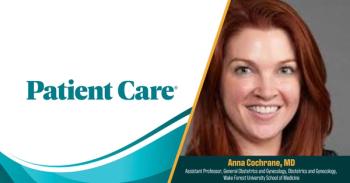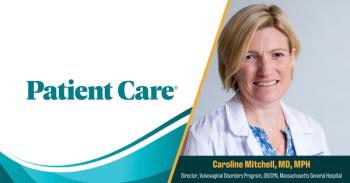
The Patient-Centered Medical Home: What's in It for You?
Optimal care for patients, greater satisfaction for staff, reliable payment for you … it sounds as if there’s no place like the patient-centered medical home.
Optimal care for patients, greater satisfaction for staff, reliable payment for you … it sounds as if there’s no place like the patient-centered medical home (PCMH). But what about the hurdles you’re likely to encounter in implementing the changes needed to create a PCMH?
A running theme of the 2009 AAFP Scientific Assembly is how to make the PCMH model work for your practice. No fewer than 11 CME courses are devoted to PCMH-and the keynote speaker at the opening ceremony, Roger Merrill, MD, chief medical officer of Perdue Farms Inc., will discuss what employers expect from this practice model.
The CME courses will address the 4 building blocks of the PCMH:
•Practice organization: how to put in place systems that can help you gather, analyze, and use the volumes of information that your practice generates, including patient data and outcomes, codes, and collection data.
•Patient experience: strategies to improve coordination of care, ensure convenient access, and improve communication to facilitate shared decision making and goal setting.
•Quality measures: how to evaluate the strengths and weaknesses of your practice to help you decide where to make changes.
•Health information technology: tips on how to automate business and clinical processes, including how to select an electronic health records system and integrate it into your practice.
Newsletter
Enhance your clinical practice with the Patient Care newsletter, offering the latest evidence-based guidelines, diagnostic insights, and treatment strategies for primary care physicians.





















































































































































































































































































































